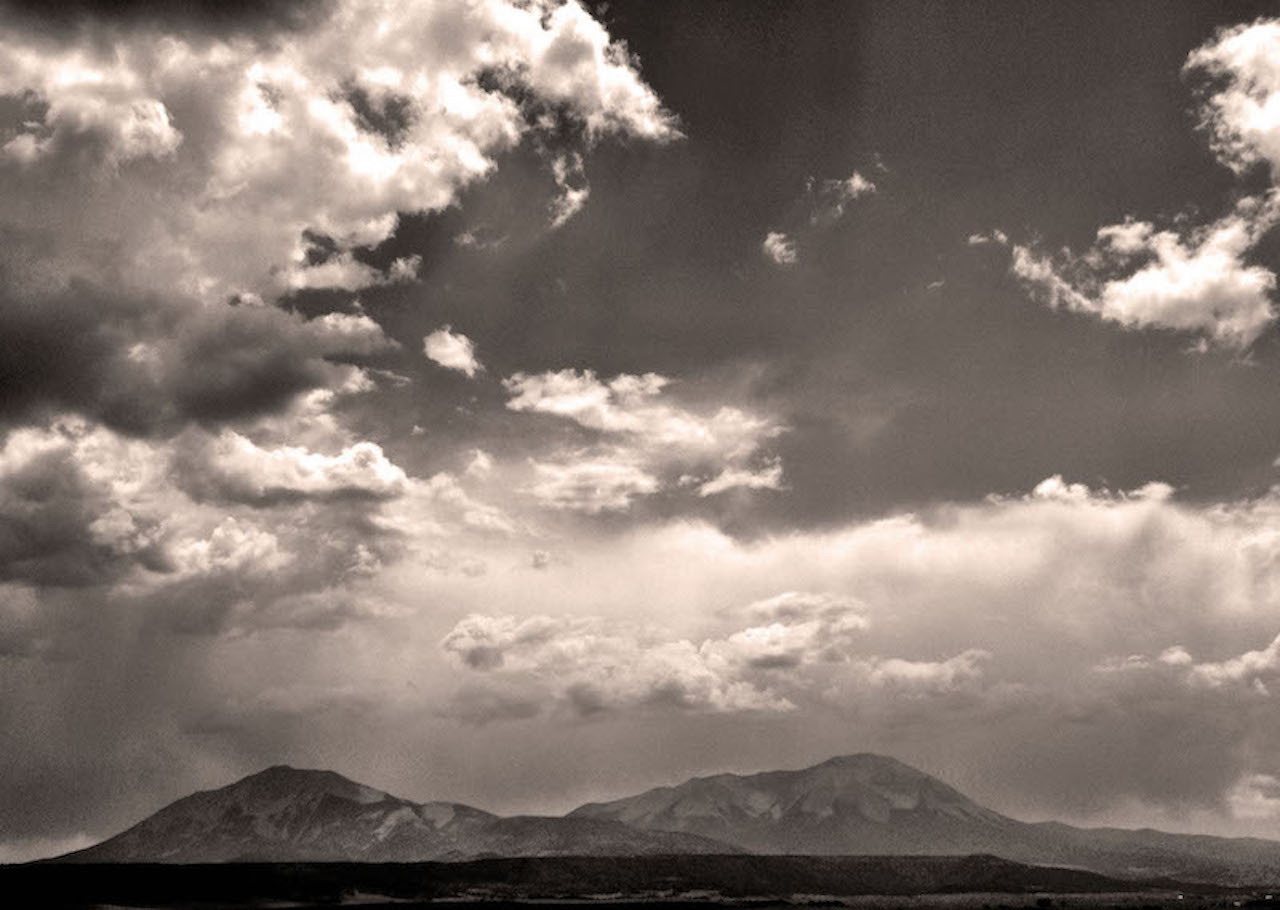Originally published in Psychology Today
I finished my tests—mammogram, ultrasound, fine-needle biopsy—by mid-afternoon. I’d gone in for a regular mammogram in the morning, but the doctor found a shadow. She ordered an ultrasound, which revealed the crab-like shape of cancer. She was honest, saying it likely was breast cancer, but it would be the next morning before the biopsy could confirm it. I had roughly 18 hours to stew.
Instead, I told myself I was going to be fine. I’d had shadows before, and those had turned out to be benign cysts; I decided that was the case this time as well. I didn’t have time for breast cancer, so I shrugged it off. I was a busy woman—I had tests to grade, reports to write, academic hoo-ha to do. Breast cancer was not on my schedule.
Mostly, I put the worry out of my mind. But, when it popped back in, as worry does, I focused on Googling good stuff‚ such as breast cancer survival rates, especially the one from the American Cancer Society for localized disease: 99%. That is, an overwhelming majority of those with breast cancer that remains in the breast survive. Great. I don’t have cancer, but even if I do, it’s local. And I am in the 99%, baby!
When the doctor called and told me it was cancer, she reassured me that it was small—it ended up being only 1.1. cm—and likely had not spread to the lymph nodes, so this calmed me. I was facing a 99% survival rate. “Patricia,” she said. “This is not so bad.”
I was merrily looking on the positive side of things when I got the bigger, badder news a few days later: The cancer was triple-negative (TNBC), which has a killer reputation, and I don’t mean that in a good way. Many media reports on it call it “deadly” and, occasionally, “untreatable.” Neither is true, but I didn’t know it at the time. The oncologist who gave me the TNBC diagnosis had the bedside manner of Attila the Hun and basically called the disease a “bad actor” and implied my survival was going to be a challenge. He even said the tumor was larger than it was, which put me at higher risk.
TNBC is fairly rare—about a quarter of all women diagnosed with breast cancer have it—and it can be more aggressive than the more common forms. It is not fueled by estrogen and therefore does not respond to drugs like tamoxifen, which would be what I would have gotten with a tumor my size. Instead, because of this new diagnosis, I got the full blue-plate special—surgery, chemotherapy, then radiation.
article continues after advertisement
The first doc framed my diagnosis positively, which helped, but the second was pretty ominous. Through it all, though, I had the attitude that I would survive just fine. Why?
Researchers at the University of California-Riverside, led by psychologist Kate Sweeny, suggest one reason: looking toward the future with hope can soften the blow of bad news. That is, we cope better if we focus on the silver lining ahead, rather than expecting the dark cloud. We don’t ignore the possibility of a setback, but we set ourselves up to deal with it.
In their most recent research, Sweeny and her team studied four groups: law graduates awaiting bar exam results; voters approaching the results of the 2016 presidential and 2018 midterm elections, respectively; and undergraduates awaiting the results of a health risk assessment. They asked participants to write about their expectations or to fill out a survey that asked about their attitudes and behaviors. The research was published in Personality and Social Psychology Bulletin.
Across all four studies, researchers found those who looked for the benefits beforehand were more content during their waiting periods and reacted to the news with more resilience.
In previous research aimed specifically at patients waiting for the results of a breast cancer biopsy, Sweeny and her team found that women could frame the possibility of getting breast cancer as having some positives—helping them improve their diet, get closer to family, finally stop smoking. However, these positives did not make them any more resilient to the eventual bad news. One thing that might help, they suggested, was if medical personnel offered reassurance. My first doc did, and that made all the difference.
Sweeny says you can take steps to settle your mind while waiting for a diagnosis and to help improve your resilience should you not get the news you wanted.
- Use this time to consider how you might better care for yourself or change your life to be healthier, no matter the diagnosis.
- Develop a plan for dealing with the diagnosis. Who takes the kids to school? What does your insurance cover? How do you handle being off work, if needed? “Taking action gives you a sense of control,” Sweeny says.
- Keep the worry manageable by finding a “flow state,” or totally immersing yourself mentally in an activity—crafting, sewing, painting, gardening, playing with the kids, reading a page-turner. Whatever you love doing so much that time disappears as you’re doing it. “Flow is good for shutting worries off,” she says.
- Walking or hiking can be a positive way to spend your time as long as you practice mindfulness, or seeing the exercise as meditation. This helps you “coexist with worry,” she says. You’re telling your mind, “I can let that go for now.”













